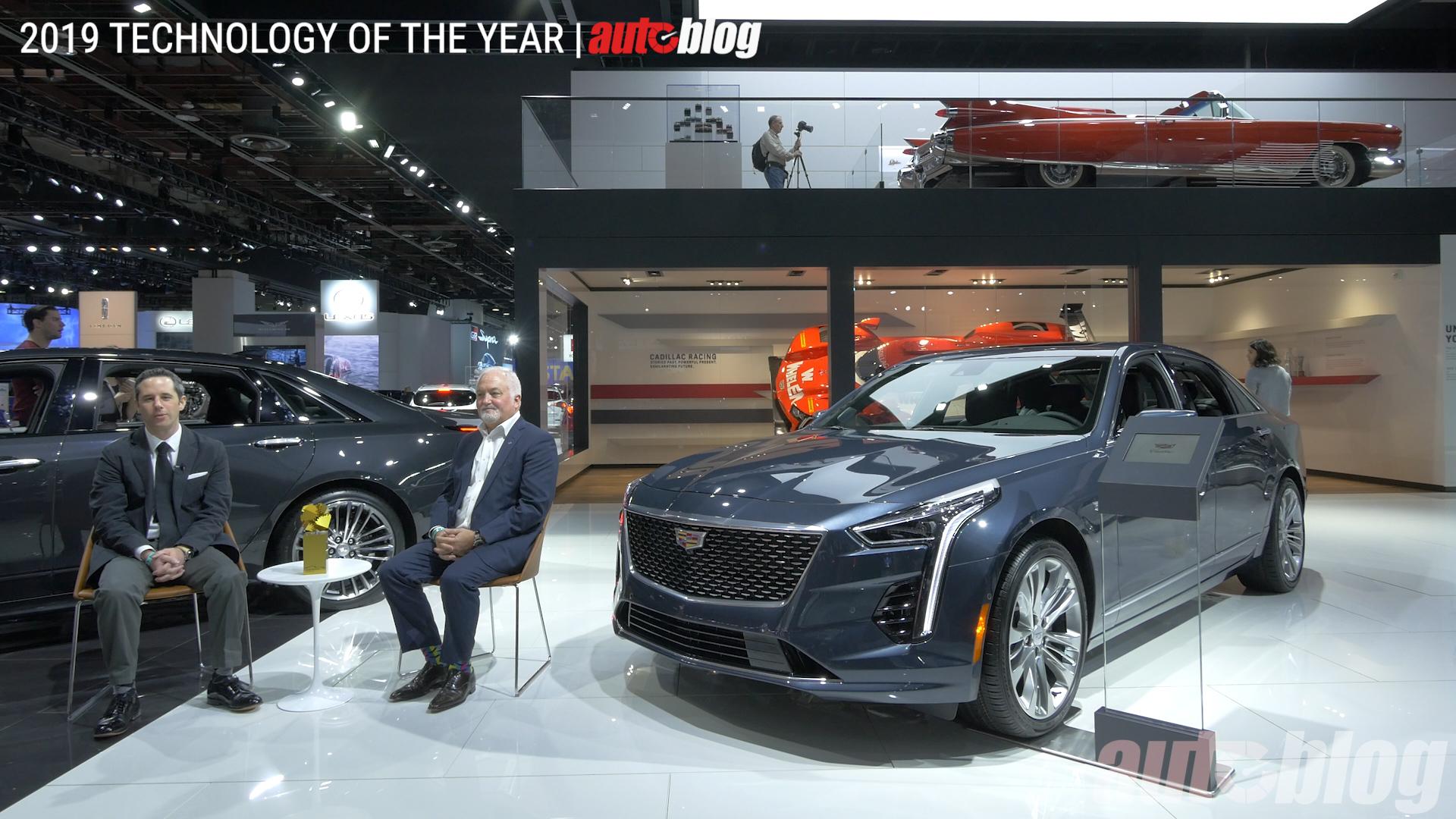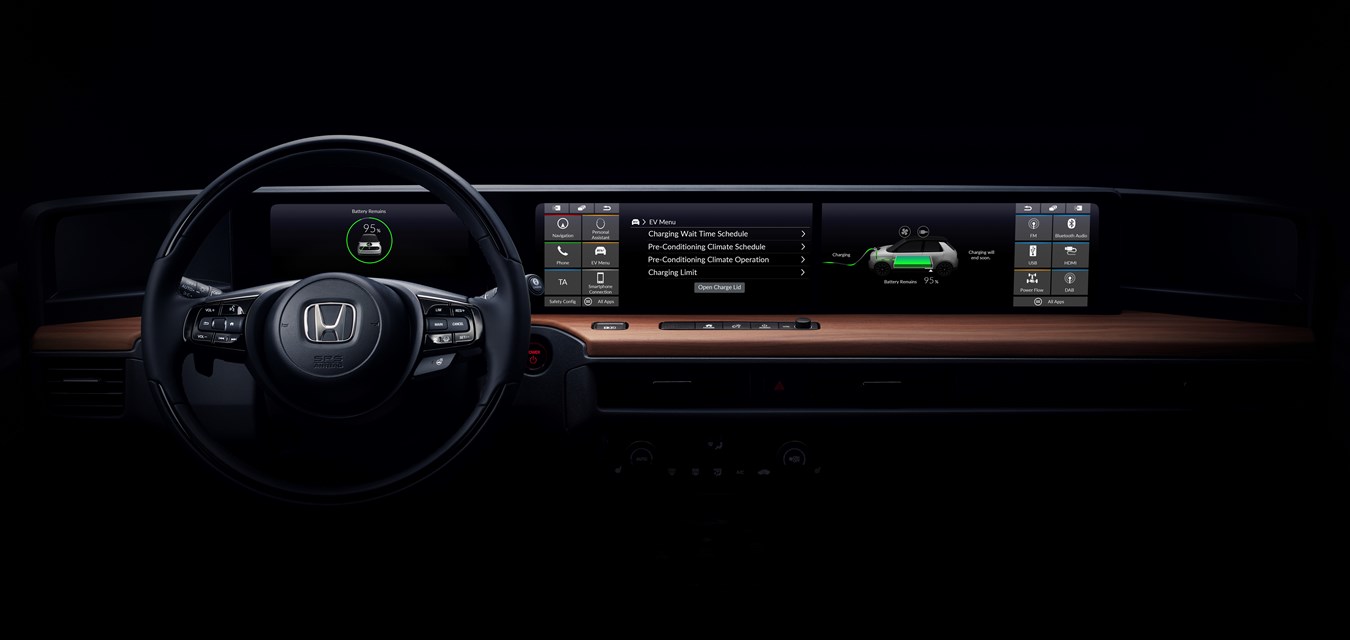Brexit Sir David Warren, former British ambassador to Tokyo, says UK-Japan trade and investment ‘held hostage’ by Conservatives’ internal politics Takahiro Hachigo, president of Honda, bows before a press conference in Tokyo on Tuesday. Photograph: Tomohiro Ohsumi/Getty Images Claims that Brexit had nothing to do with Honda closing its only UK manufacturing plant are “fanciful”,… Continue reading ‘Fanciful’ to say Honda didn’t consider Brexit when closing Swindon
Tag: Honda
SMMT statement on Honda announcement
Innovate in Britain: UK government & auto industry have jointly invested more than US$640m (£500m) in CAV R&D and t… https://t.co/AwpNeIdEit
‘Shattering body blow’ as Honda plans to close Swindon factory
Honda Japanese firm to shut plant in 2022 but maintain its European HQ near Bracknell in Berkshire Civic production at the Honda Swindon factory. The company employs 3,500 people in the UK. Photograph: Honda UK Honda is planning to close its factory in Swindon dealing what trade unions called a “shattering body blow” to an… Continue reading ‘Shattering body blow’ as Honda plans to close Swindon factory
3,500 jobs at risk as Honda refuses to deny UK factory closure
Tim Ireland | PA Images | Getty Images
Workers on the Honda CR-V production line at the Honda Plant in Swindon.
Japanese automaker Honda looks set close its Swindon car plant, risking the loss of 3,500 jobs.
In an emailed statement to CNBC on Monday, Honda failed to deny it would close the plant.
“At this point, we are not able to make any comments regarding the speculation. We take our responsibilities to our associates very seriously and will always communicate any significant news with them first,” said a spokesperson from Honda U.K.
The U.K. lawmaker responsible for the area in which the factory is based, Justin Tomlinson, took to Twitter to apparently confirm the closure.
The North Swindon Conservative MP added that a task force would be set up to support employees, before adding that no job losses were expected until 2021.
The Swindon factory builds the Honda Civic five-door hatchback and the CR-V crossover for sale in Europe and the U.S.
The announcement, first reported by Sky News, suggested Honda would confirm the closure on Tuesday.
‘The UK car industry is still the best in the world for new cars’
After the first round of voting for the 2019 World Car Awards, the unexpected happened. Britain’s battered and bruised motor industry was, in effect, voted third on the planet for desirable, quality products that impress and satisfy the people who drive them. Or, to be more precise, four British cars – the Aston Martin Vantage,… Continue reading ‘The UK car industry is still the best in the world for new cars’
GM’s $25M stock incentive plan for Cruise chief Dan Ammann points to IPO – Autoblog – Autoblog
DETROIT — General Motors on Wednesday outlined an incentive plan for the head of its self-driving car unit that points the way toward a possible initial public offering for the business. The No. 1 U.S. automaker disclosed a long-term compensation plan that incentivizes Dan Ammann, chief executive of the Cruise unit, to develop the technology… Continue reading GM’s $25M stock incentive plan for Cruise chief Dan Ammann points to IPO – Autoblog – Autoblog
GM’s Cruise division likely won’t IPO anytime soon – Business Insider
It wasn’t really news, but it was some hard numbers. This week, General Motors filed its annual 10-K report with the Securities and Exchange Commission and detailed a new compensation package for Dan Ammann, the automaker’s former president who last year took over as CEO of Cruise, GM’s self-driving car division. “On February 4, 2019,… Continue reading GM’s Cruise division likely won’t IPO anytime soon – Business Insider
Honda recalling 437K vehicles for fuel-pump issue
Original Article
Check out the first interior view of Honda’s Urban EV prototype
Honda began teasing its all-electric urban vehicle in 2017, when the automaker showed off its vision of the future — that had a distinct 1970s first-generation Civic flare. Now, two years later, a production version of the Urban EV is nearly here. And the automaker is finally giving us a glimpse — albeit the tiniest… Continue reading Check out the first interior view of Honda’s Urban EV prototype
Polar vortex tests viability of renewable power
Honda wind farm in Brazil
There's nothing like a good polar vortex to put the power system to the test—unless maybe it's a summer heat wave.
Energy consulting firm Wood Mackenzie used the opportunity of this event as a chance to measure demand on the power grid. In a detailed study of power demand during the severest week of this 2019 Polar Vortex, from Jan. 27 to Feb. 2, the company examined the question of how a similar-sized 100-percent renewable power grid could have handled the load.
MUST READ: Green New Deal introduced to Congress aims to cut emissions, create jobs
It's a particularly relevant question in light of the Green New Deal proposed last week by certain members of Congress, which called for eliminating fossil fuel power production by 2030 in an effort to curb global warming.
The study, titled “Performance review: nuclear, fossil fuels, and renewables during the 2019 Polar Vortex,” concluded that even with wind and solar scaled up to produce as much total power as the grid produces now, a lot of people would have been left out in the cold for several hours each day without additional energy storage capacity. “Any mix of wind and solar to serve load would require long-duration storage or optimization of multiple 'stages' of shorter duration,” the study concluded.
Renewable energy in 2019 Polar vortex (Shortfalls in gray above line) [CREDIT: Wood MacKenzie]
Storage of between 18 and 40 hours would have been enough to bridge the gaps in the first polar vortex of 2019, the study concluded, as long as there were no transmission bottlenecks from southern regions which produce a lot of solar power and the worst-hit areas of the frozen north. That wasn't the case in the study, though, which found insufficient power lines from the Southwest to the northern Midwest to bring sufficient renewables to the area.
Wind and solar power are also intermittent, with solar arriving during the day when temperatures aren't as low.
Renewables+nuclear power, 2019 polar vortex (Shortfalls in gray above line) [CREDIT: Wood MacKenzie]
Wind produced the bulk of the power available in the renewable polar vortex model, and, along with solar power coming online during the daytime peak, was able to cover peak daytime loads. Combined, however, the renewable sources were not enough to cover peak loads during the evening as the sun began to set and after.
This left big gaps on the coldest nights without large battery storage or natural gas and coal to fill in.
The study only considered existing demand for electrical power; it did not address the use of natural gas, oil, or other fossil fuel for heating.
CHECK OUT: Blowing away dirty energy: Wind to pass hydro as top renewable in 2019
A key controversy in the debate over any effort to eliminate fossil fuels in power production hinges on the question of nuclear power. Despite some early confusion based on a summary fact sheet that was later withdrawn, Congress's latest Green New Deal resolution doesn't address the question of nuclear power. It neither forbids it nor specifies it as part of the mix.
In the study, Wood Mackenzie looks at it both ways. Including nuclear power covered some of the base load and some peaks, and made periods of shortfall (when fossil fuels made up the difference) shorter. It did not make up the bulk of power generation at any point.
DON'T MISS: Wind and solar cost less than coal for power
The study also notes that this polar vortex was far less severe than one that hit in 2014. Utilities withdrew an estimated 17 percent more natural gas per week to meet demand in 2014 than in the latest event, and the 2014 event lasted longer and affected more of the country—which could limit other regions' ability to assist the hardest-hit areas.
In the latest polar vortex, a renewable grid would need up to 40 hours worth of energy storage to make it through the worst of the cold. In a more widespread and longer chill it would need even more.
In the end, the message is that if the U.S. were to target using 100 percent renewable electricity, it would need significant amounts of battery or other storage capacity and more comprehensive, flexible transmission lines, as well as more renewable generation capacity. And all that is without charging very many electric cars. With more electric cars, the grid would need significantly more power and storage.

